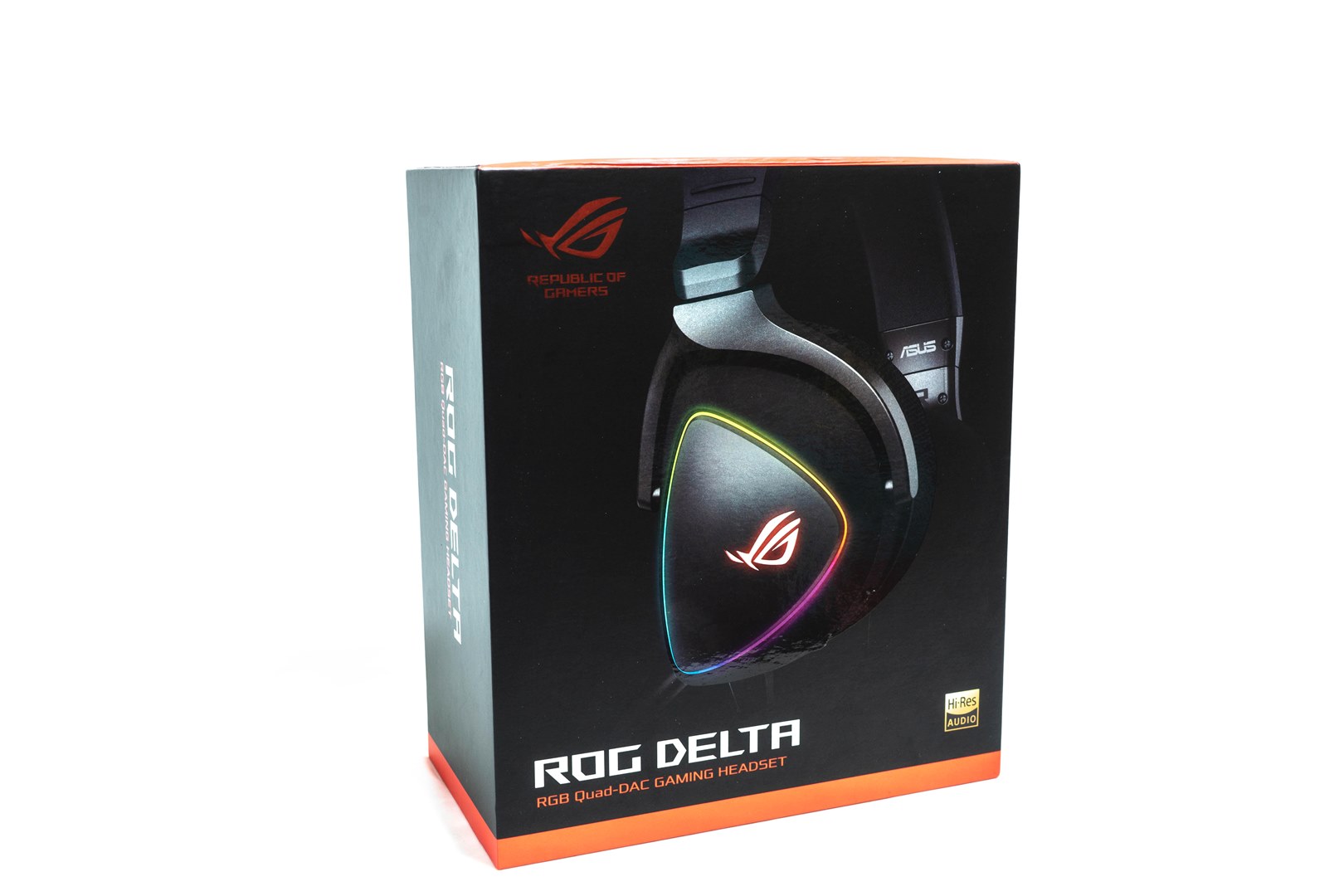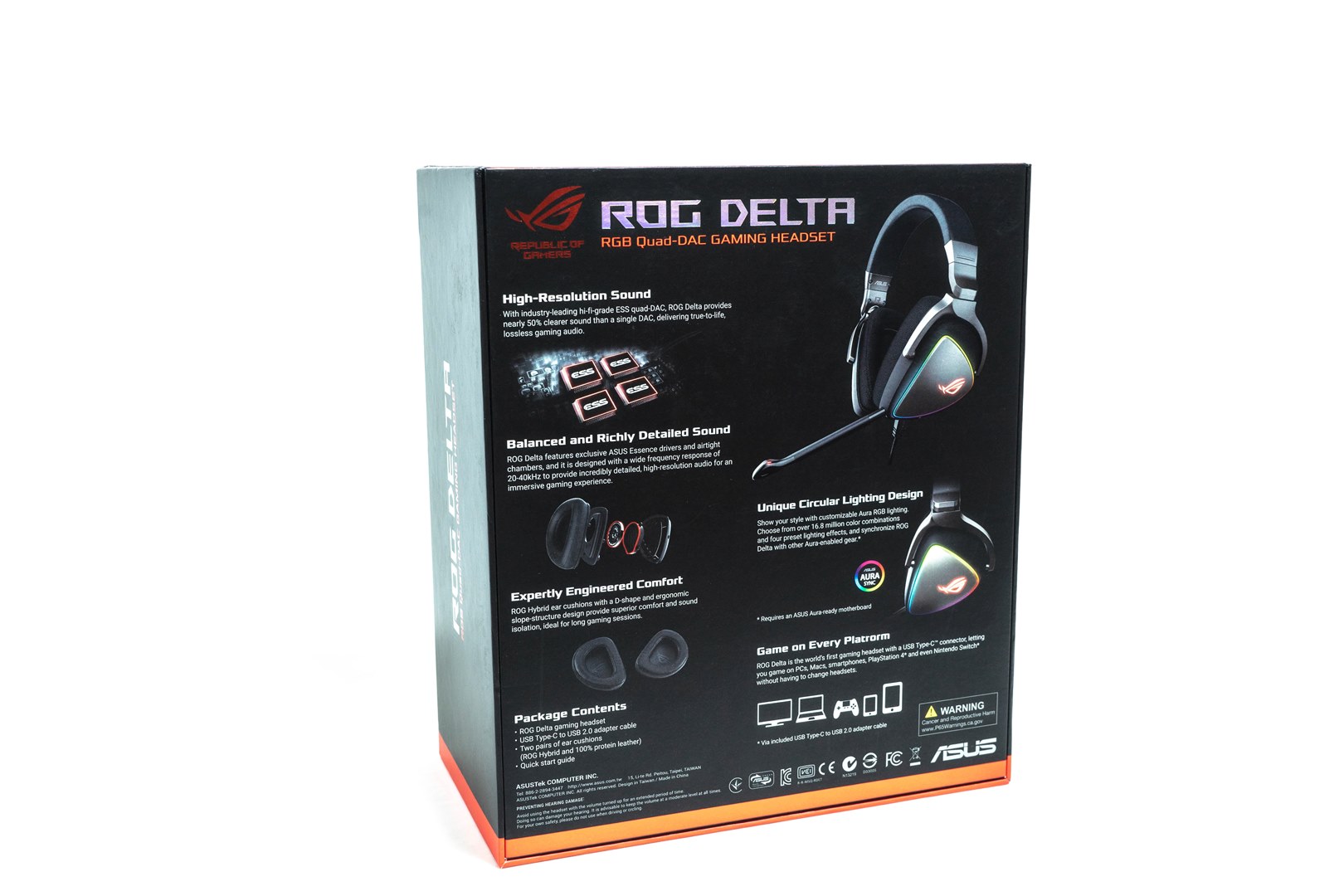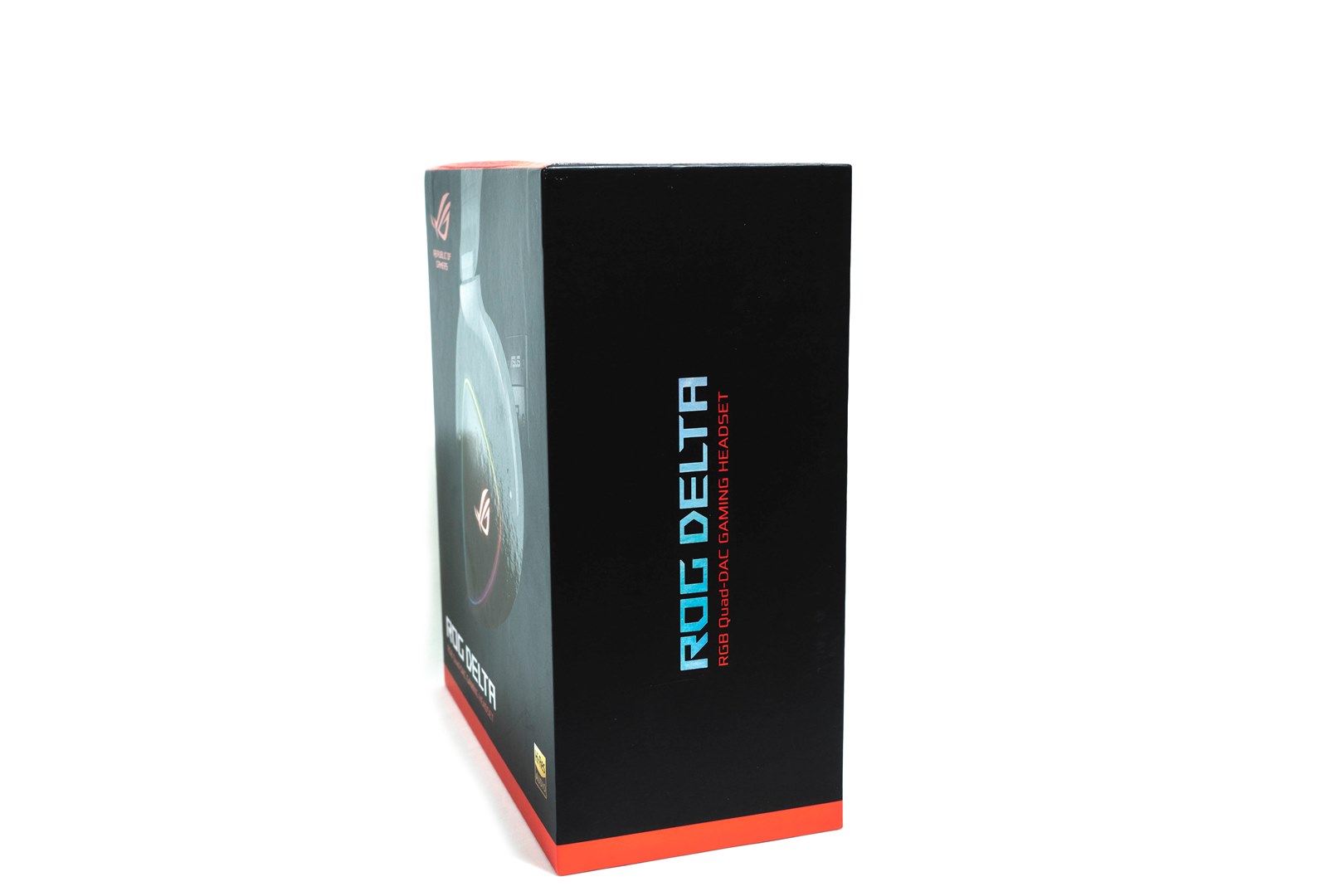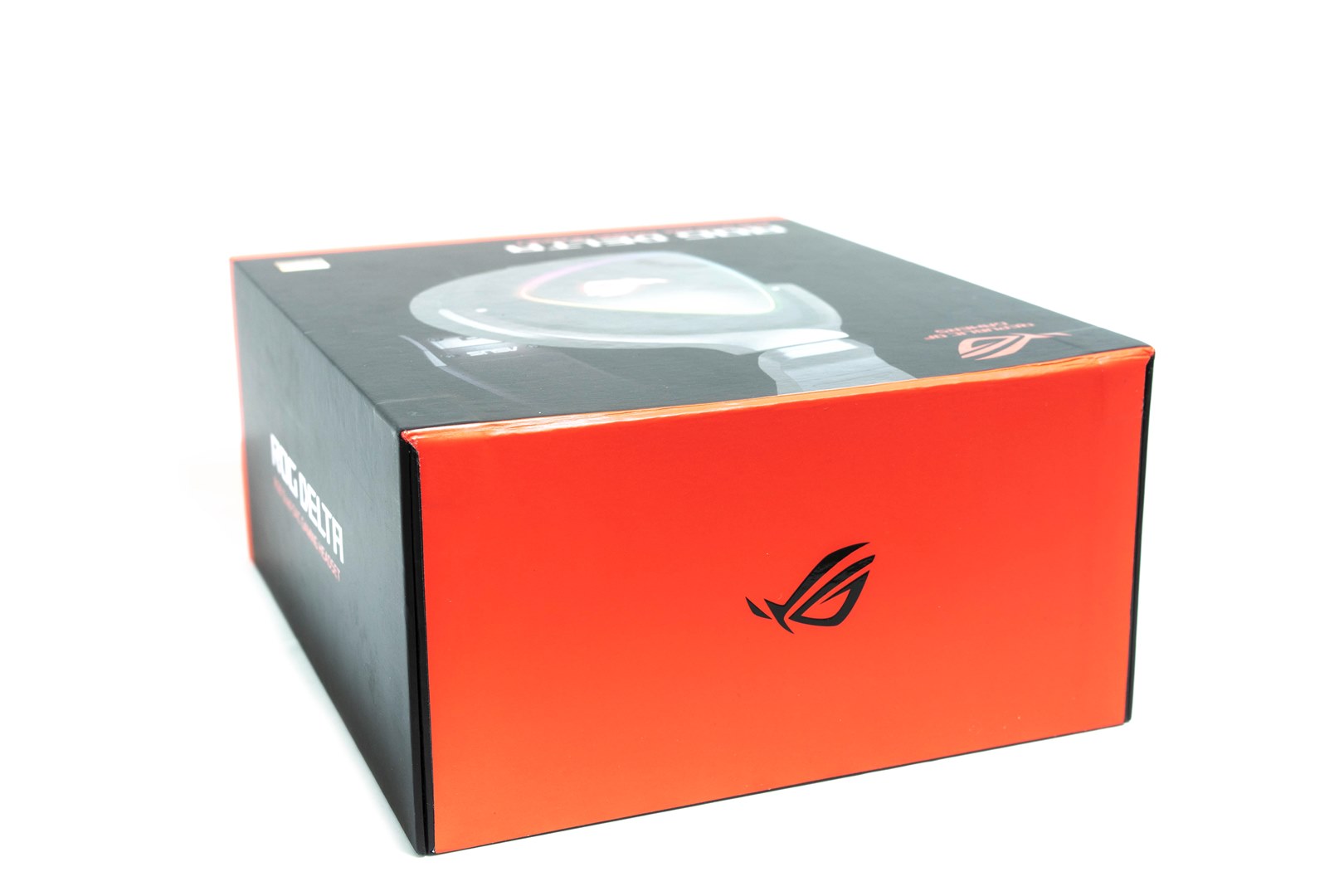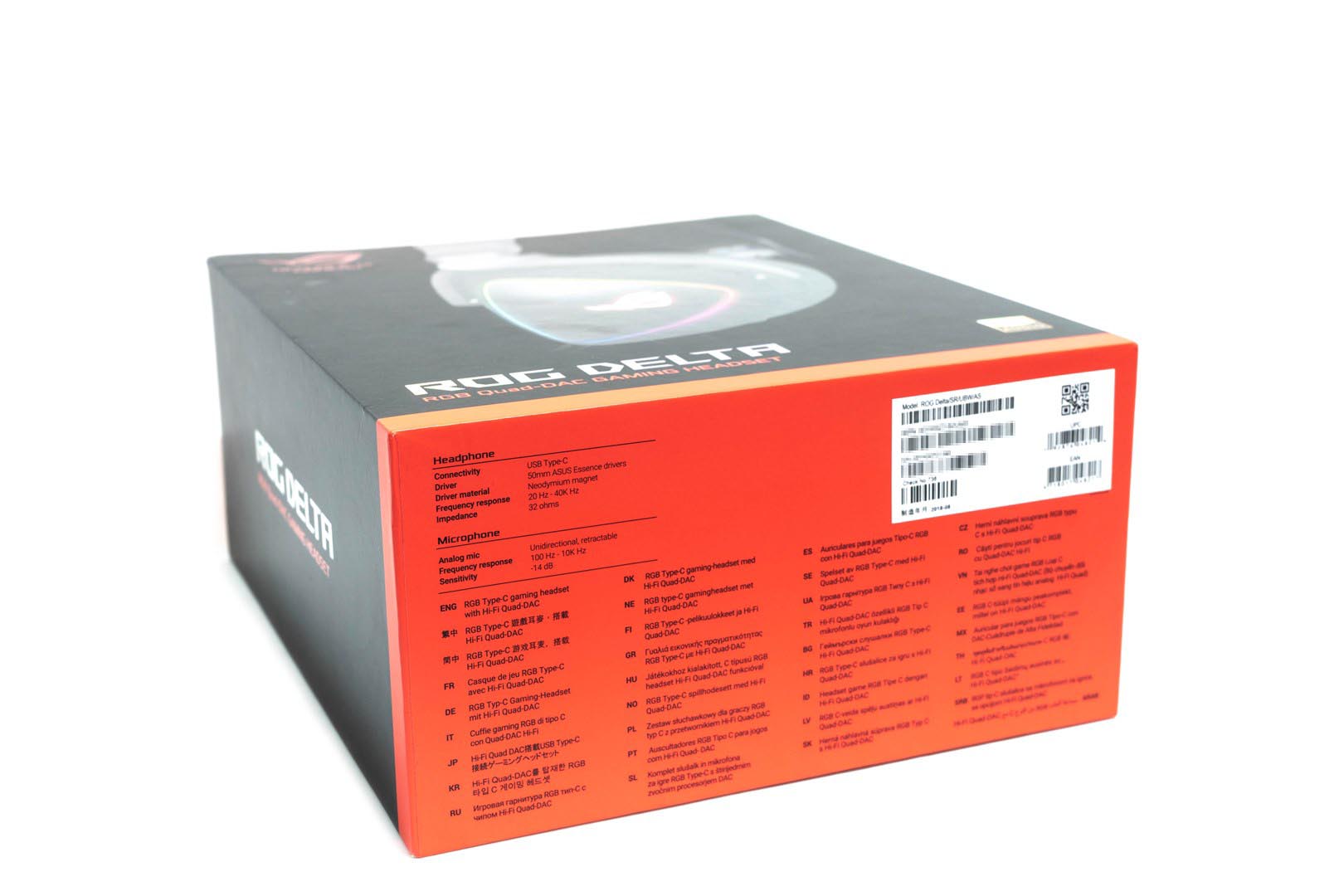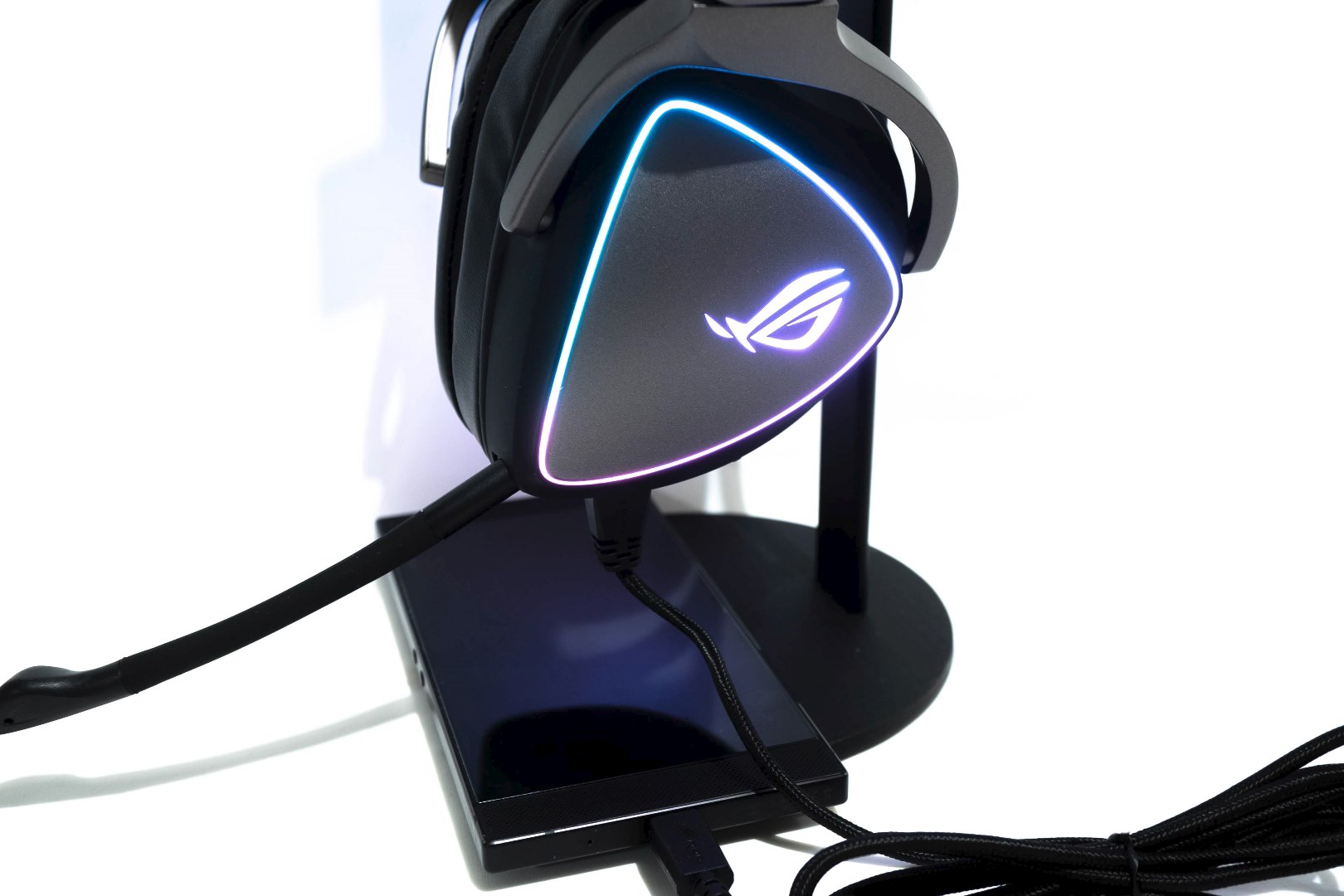The popularity of e-sports in recent years is skyrocketing, and high-end computer accessories are following suit. During the 2018 Computex, ASUS bought us the latest generation gaming headset: ROG DELTA, using an extremely powerful array of 4 ESS 9218 DAC chips, and a USB 3.0 Type interface, meaning this headset will support most mobile devices. A high-end gaming experience built to work on phones and tablets, allowing gamers to take their e-sports experience on the go.
The industry-leading ESS 9218 Quad-DAC uses ESS Sabre silicon capable of pumping out high-definition clear sound at up to 32 bits and 384kHz. The 4 DAC chips, which have been widely implemented into latest HI-FI mobile devices, have different divisions of labour and have an impressive 130dB SNR after integration.
The Package Appearance
Opening the box – The packaging is an engineering sample. The inside package is extremely simple and the plastic mould has a rough texture. It’s hard to imagine this is a flagship product that will sell well over $500
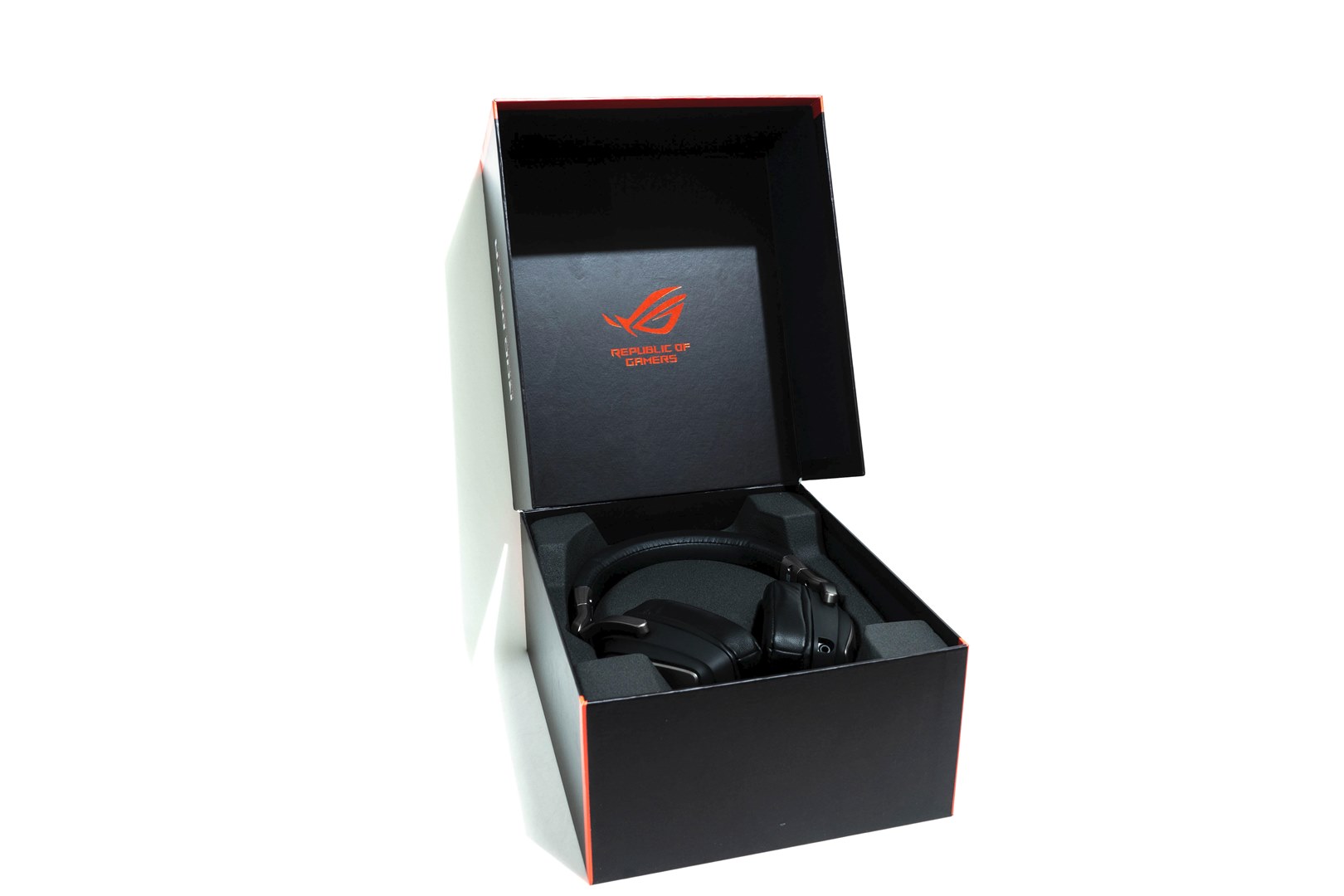
The headset main body and the accessories box

The contents of the accessories box – includes 2 x D-shape lightweight earmuffs, a USB type-C to USB type-A cable, and a 3.5mm detachable microphone. Compared with the previous gaming flagship headsets, the ROG Centurion and Fusion 500/700, the accessories for the ROG Delta leave a lot to be desired. Hopefully, this is just the packaging of the engineering sample, not the final retail packaging

The main body of ROG DELTA
The design adopts the principle of simplicity and supremacy, and there are barely any buttons on the outside
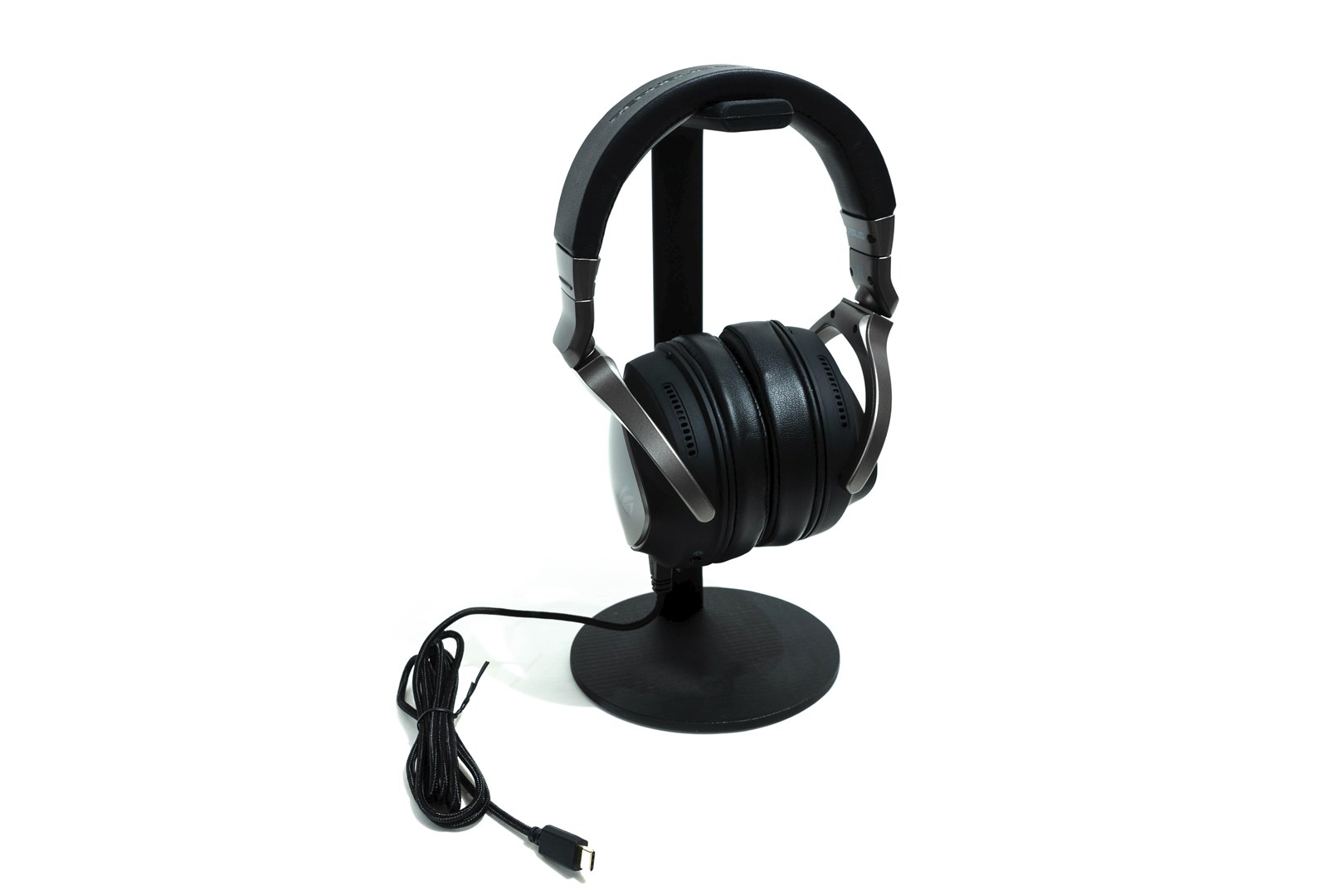
The ROG DELTA is the first to adopt the RGB ring on the headset, it supports ASUS AURA and the light also can be manually turned off, whether you are playing games or walking in the street, you can show off your unique personal style. In order to ensure that the lighting circuit does not interfere with the audio circuit, the main board of the headset uses a 4-layer PCB design, and the two layers in the middle are connected to the ground, then the lighting circuit and the audio circuit are respectively located on the upper and lower sides of the circuit board, this, in turn, helps isolate the electromagnetic interference generated by the lighting circuit
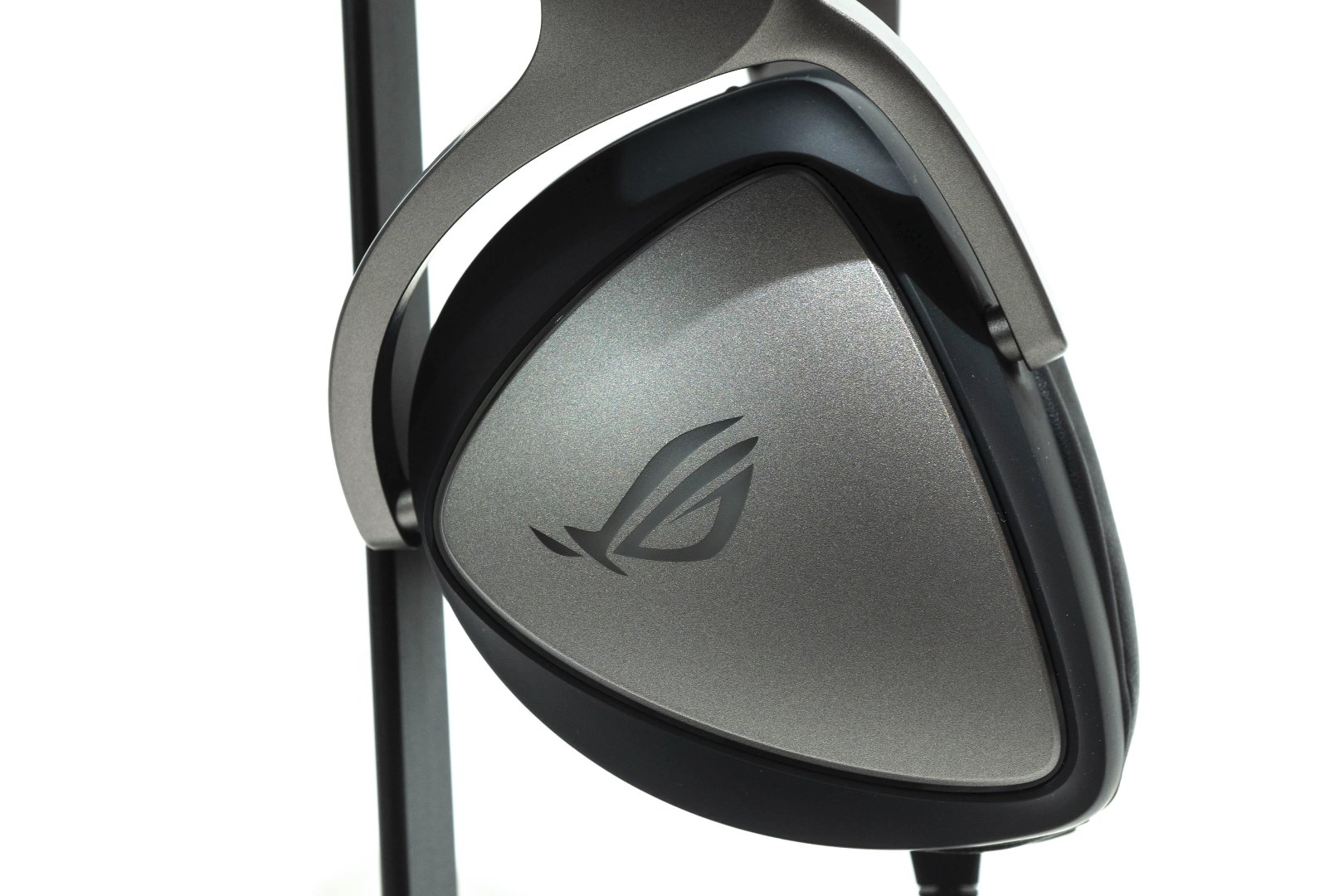
5-levels Headband expansion arm
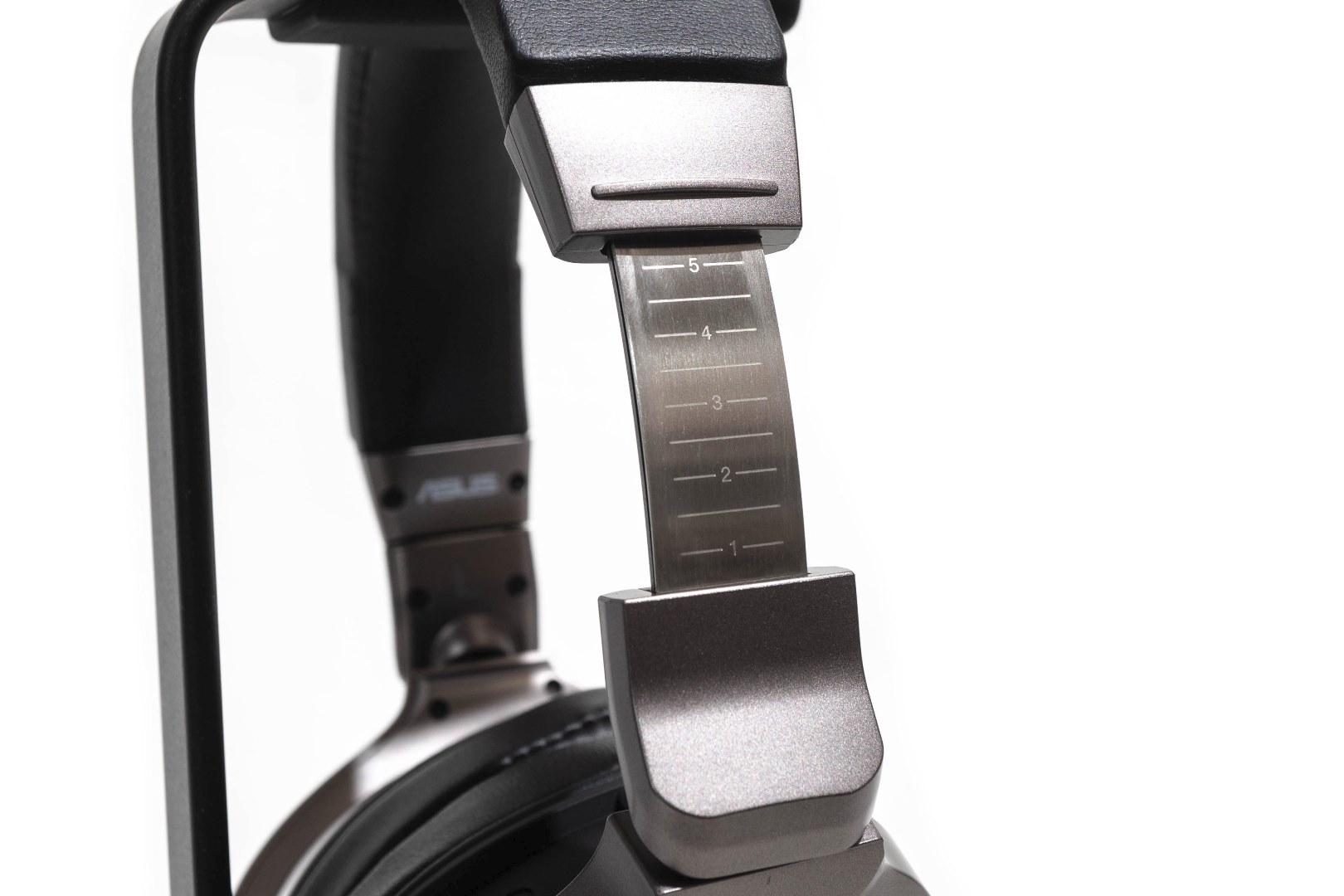
The famous ROG logo on the headband

The left and right signs are printed on the inside of the universal joint. The exposed screw holes affect the overall appearance of the headset
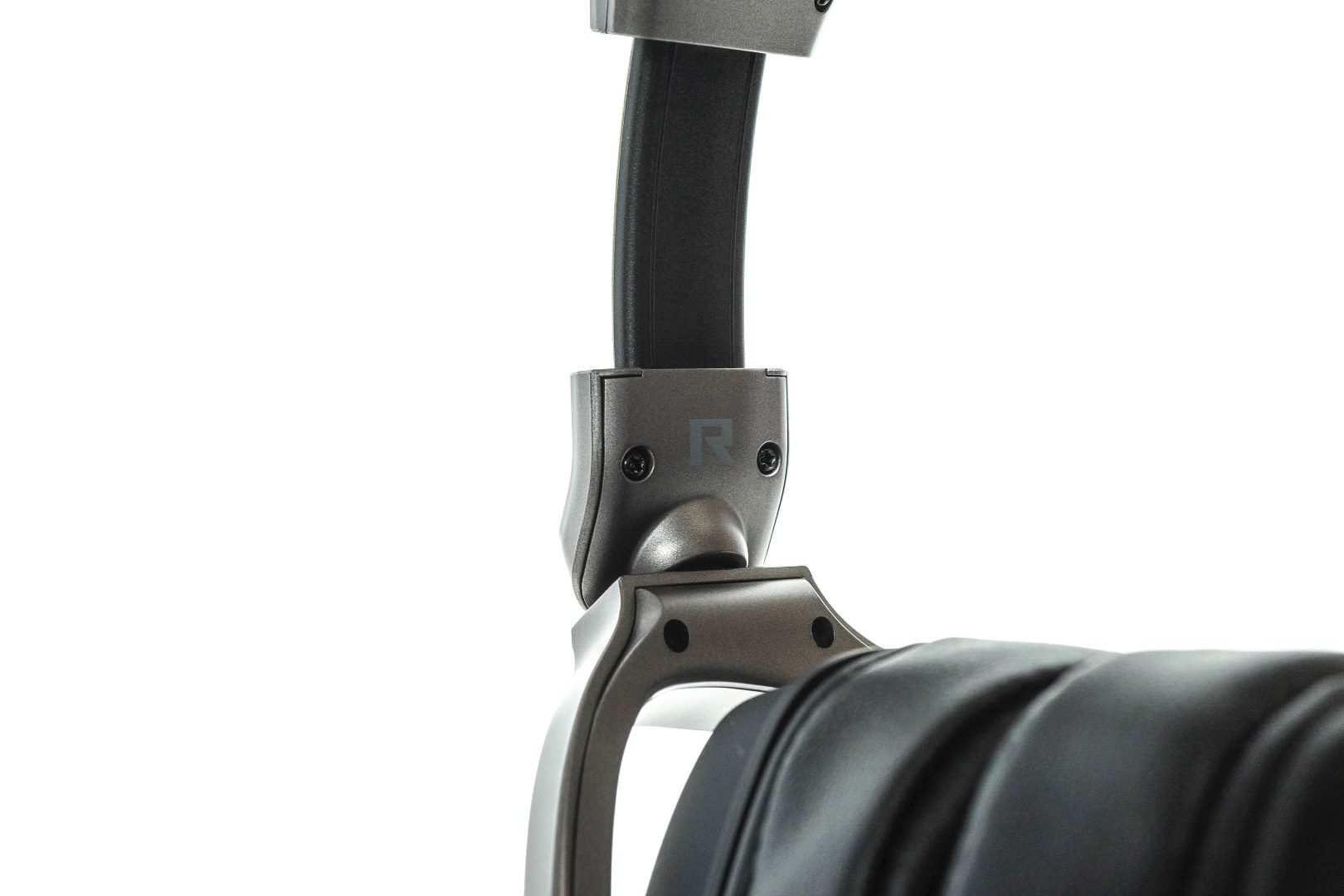
The headset has an ‘extraordinary’ clamping force – it’s around 550 grams pressure
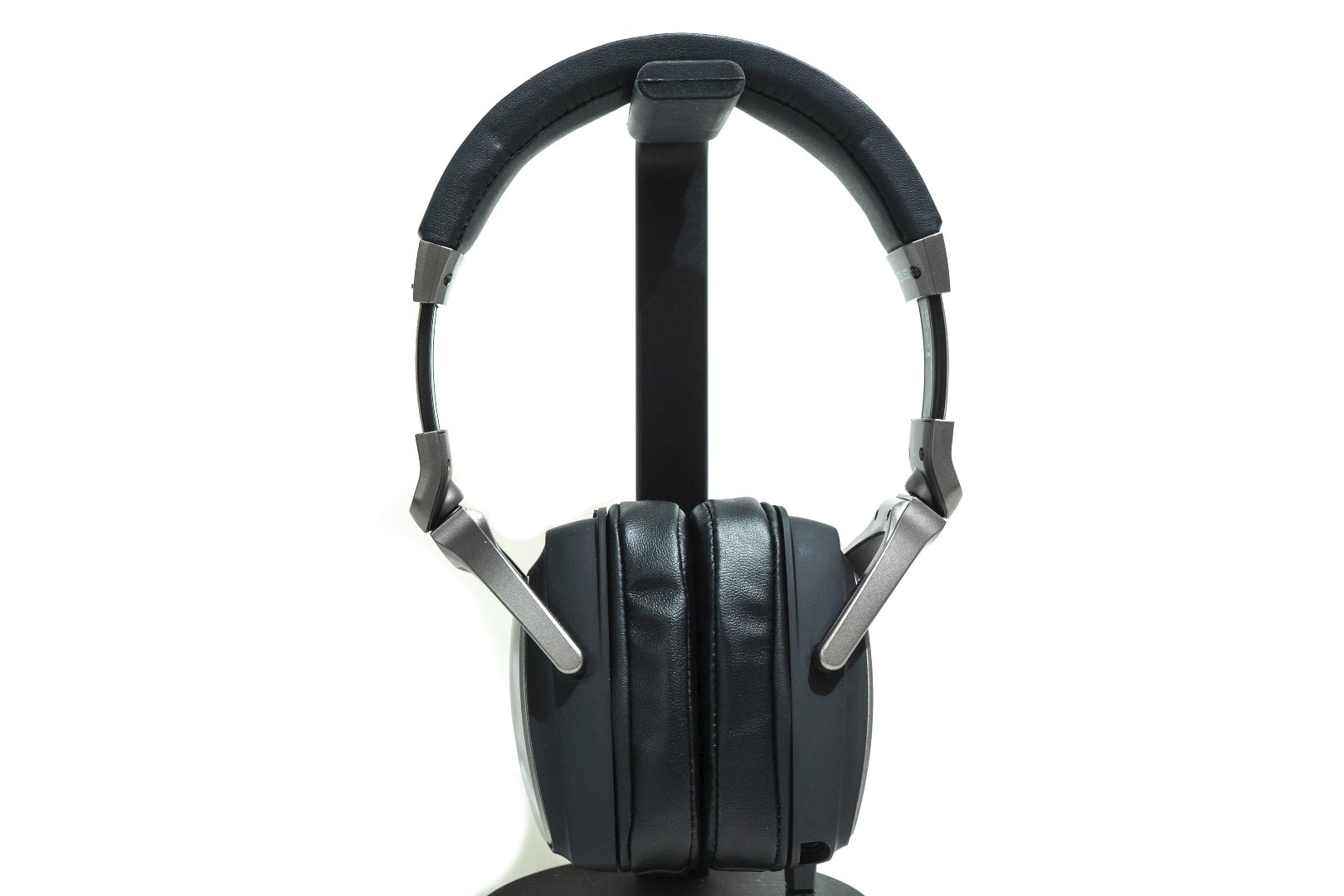

The D-shape earmuffs have a ROG logo integrated
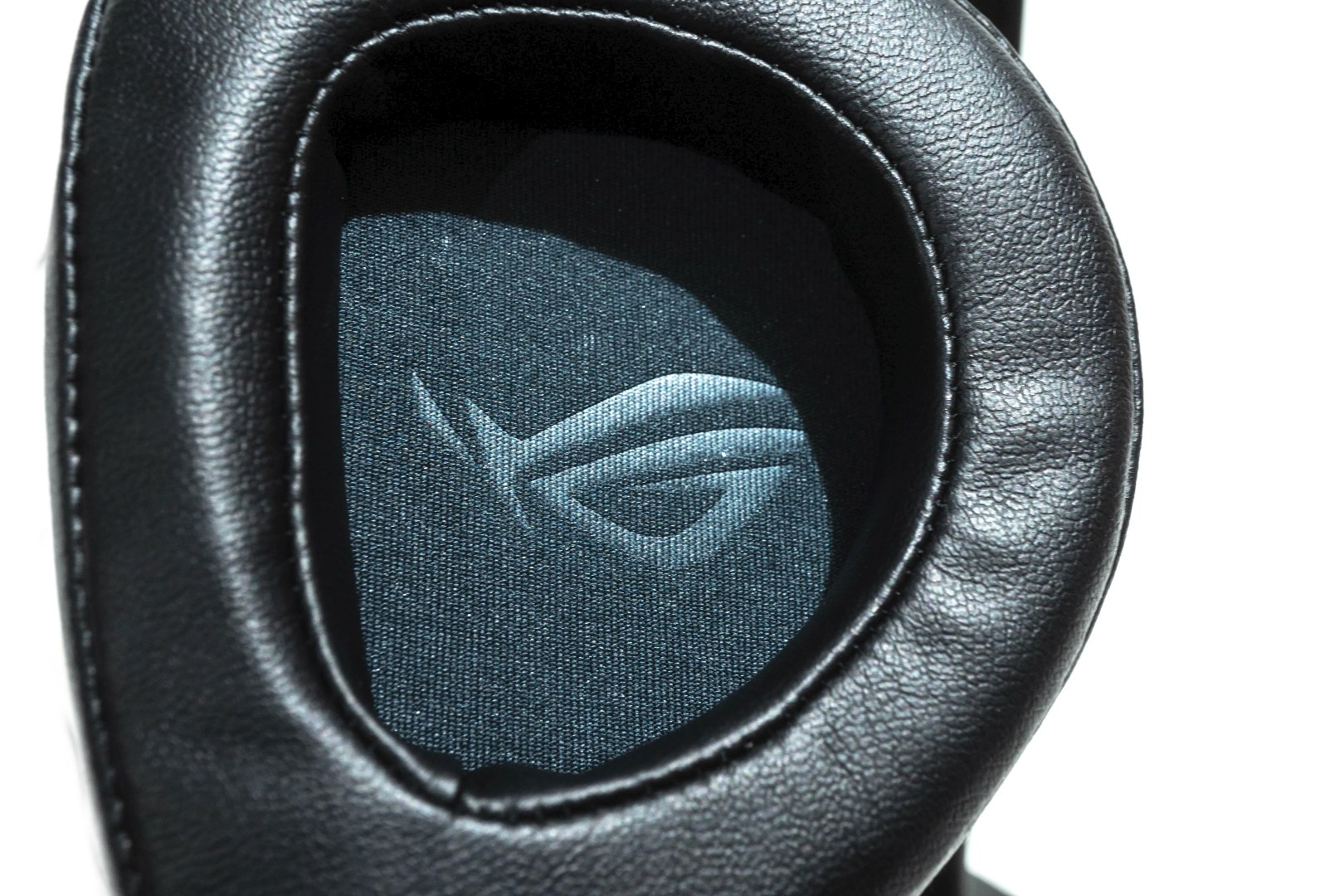
Unfortunately, we are not authorised to disassemble this headset, so we are unable to know the exact model of these driver units. However, we are judging from its appearance, it looks like the same 50mm units used in the ASUS’s Fusion series
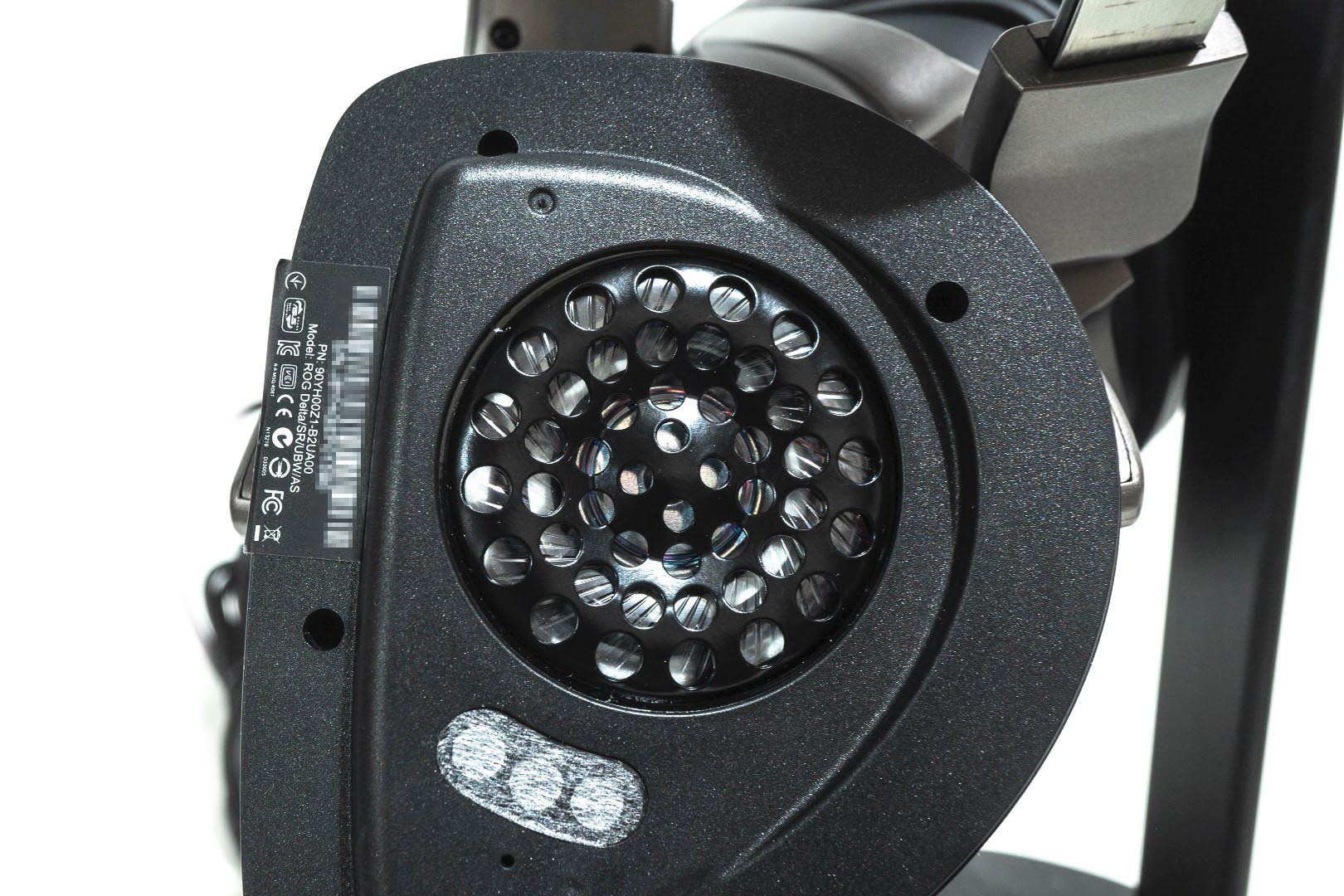
The extra pair of lightweight D-shape earmuffs
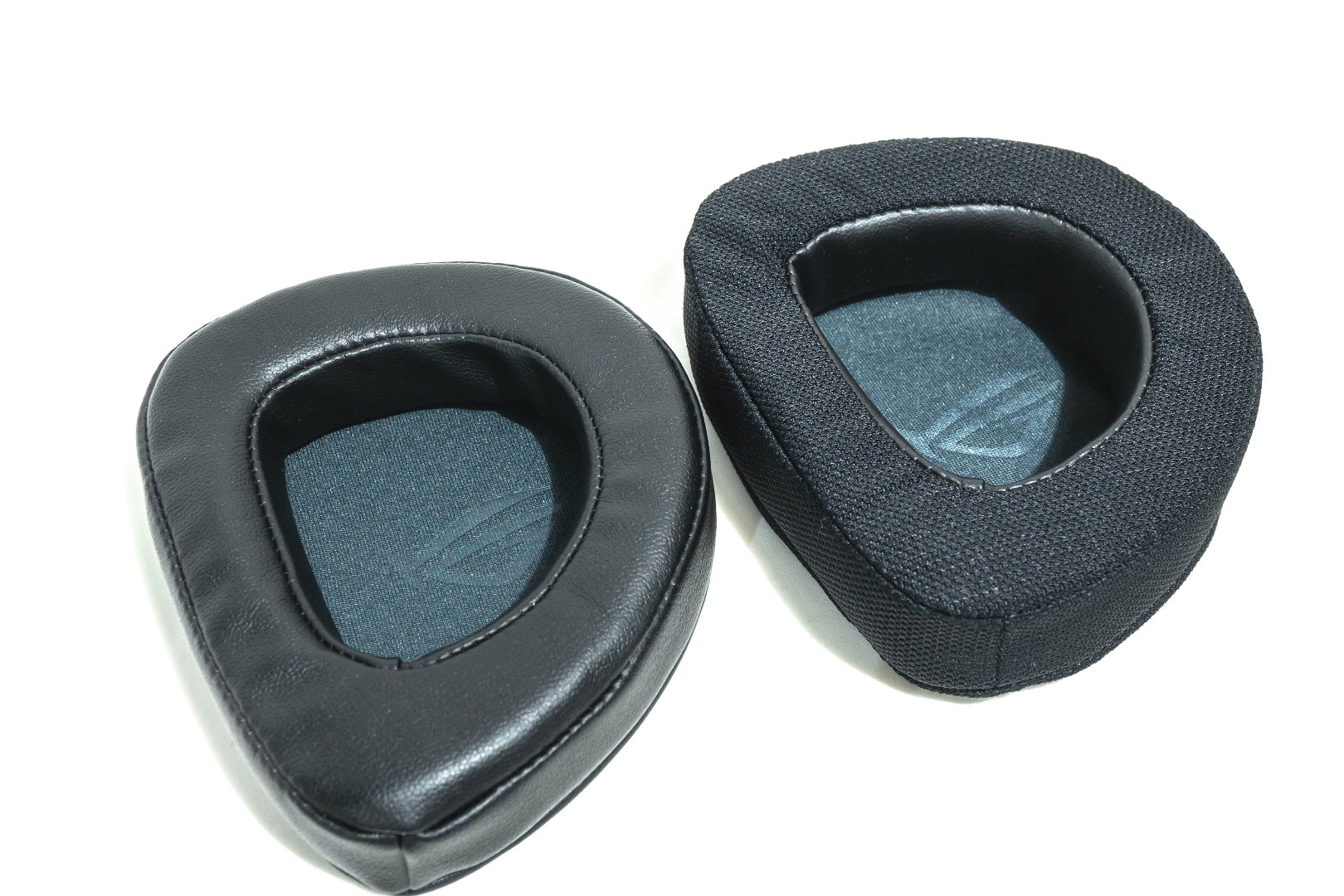

The button of lightning on/off and the volume control rocker
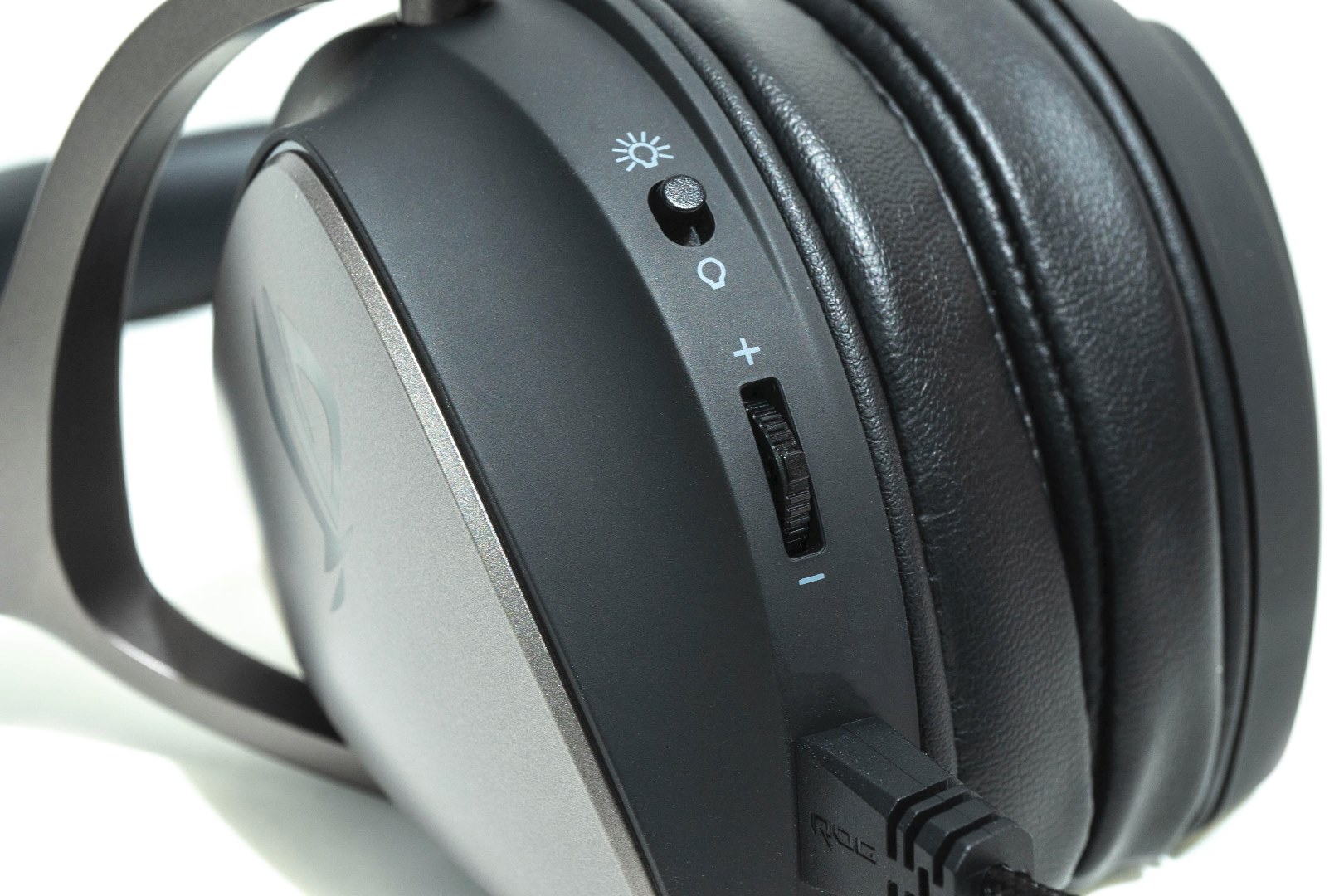
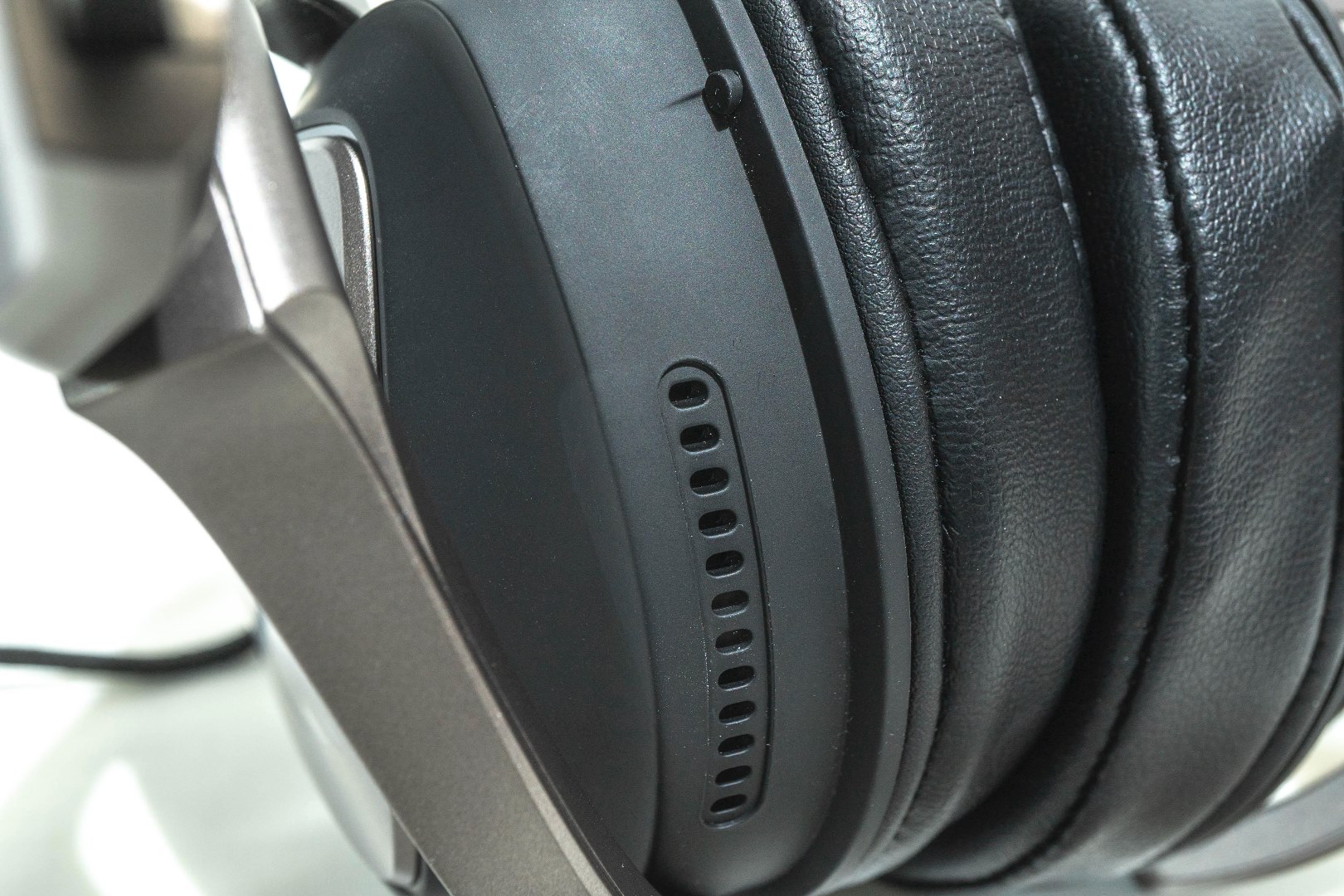
The microphone 3.5mm port, the microphone can be bent and shaped as you wish
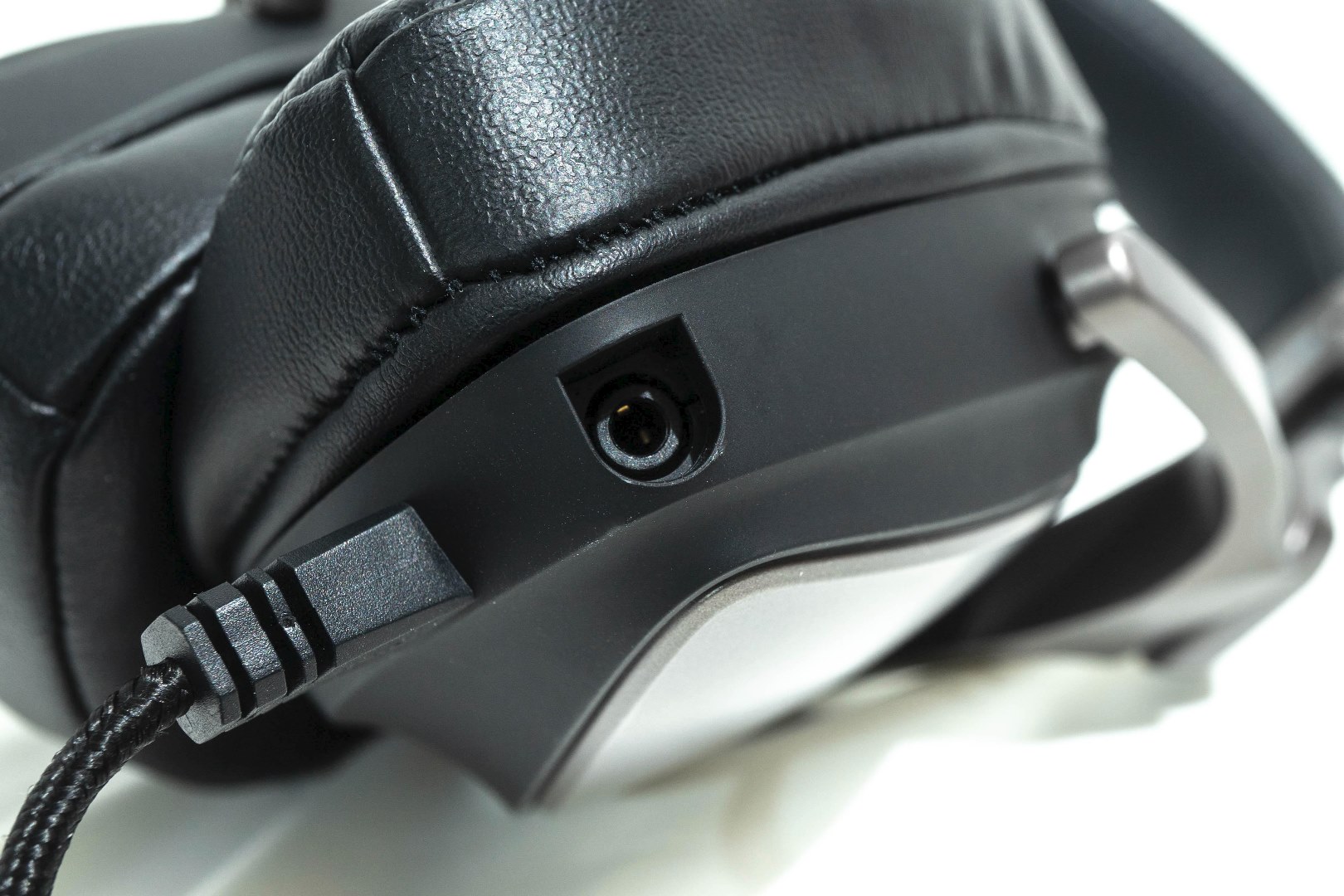
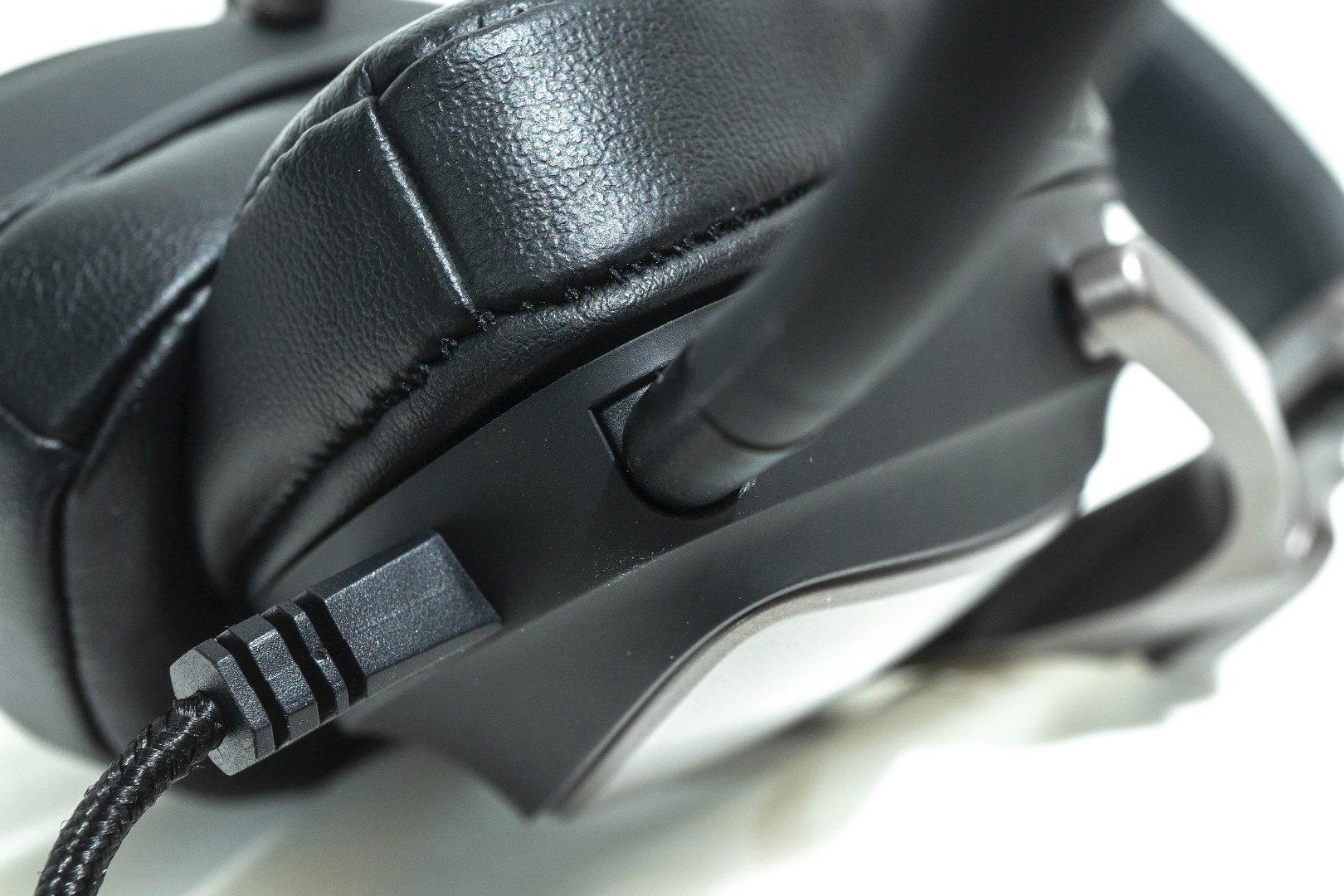
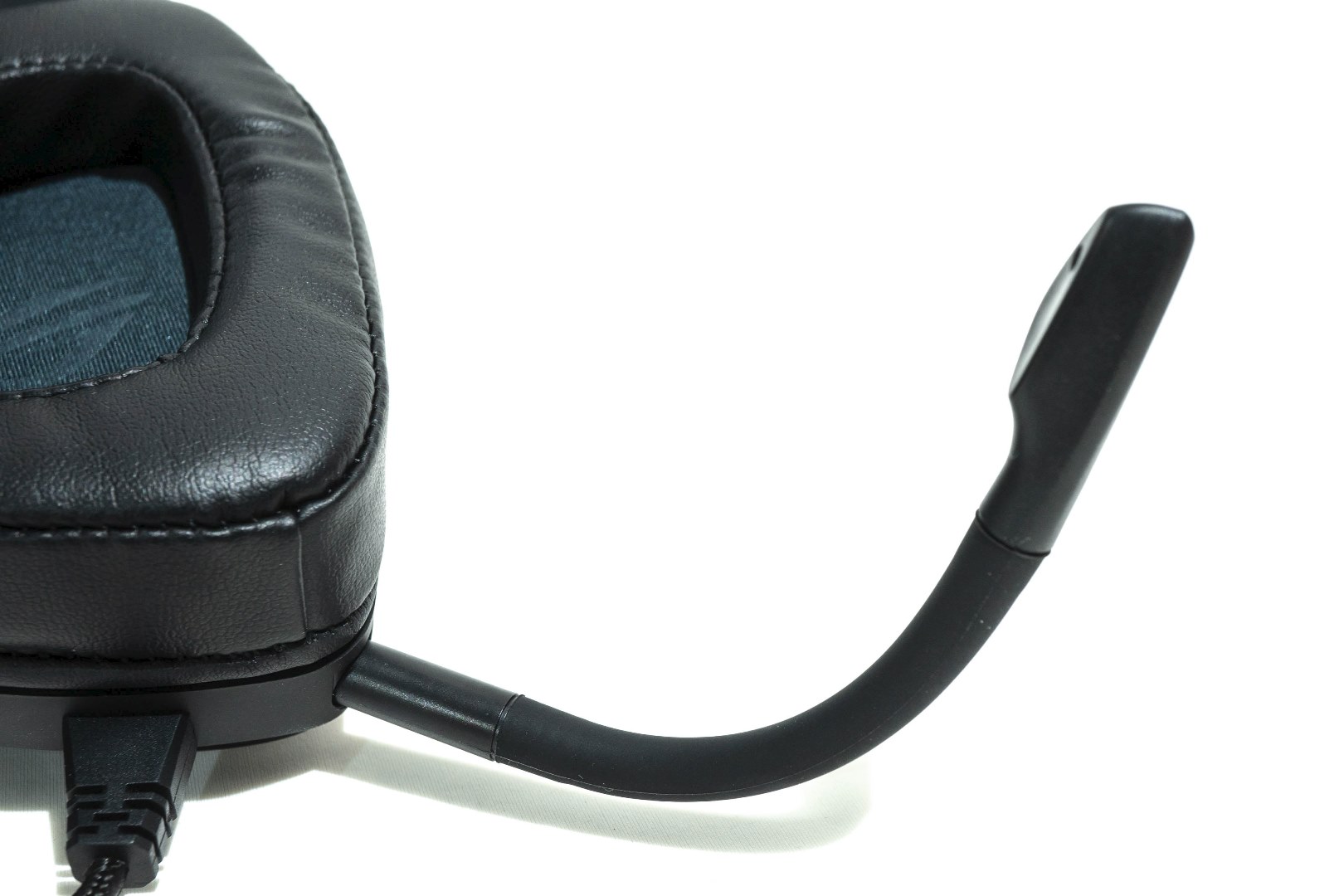
The USB Type-C Female to Type-A Male
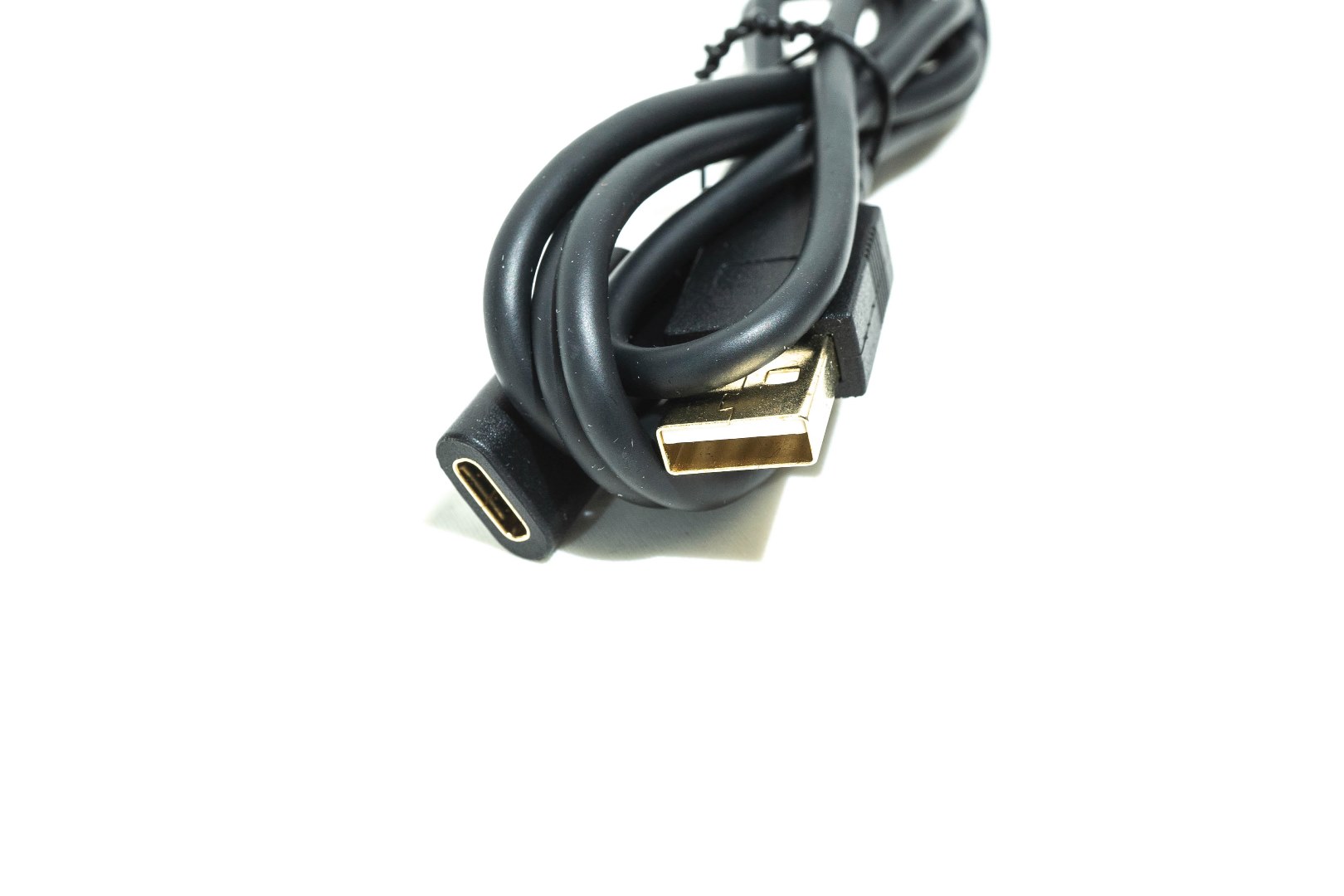
The USB Type-C connection supports most mobile phones and tablets

The latest version of AURA Peripheral software will support this headset
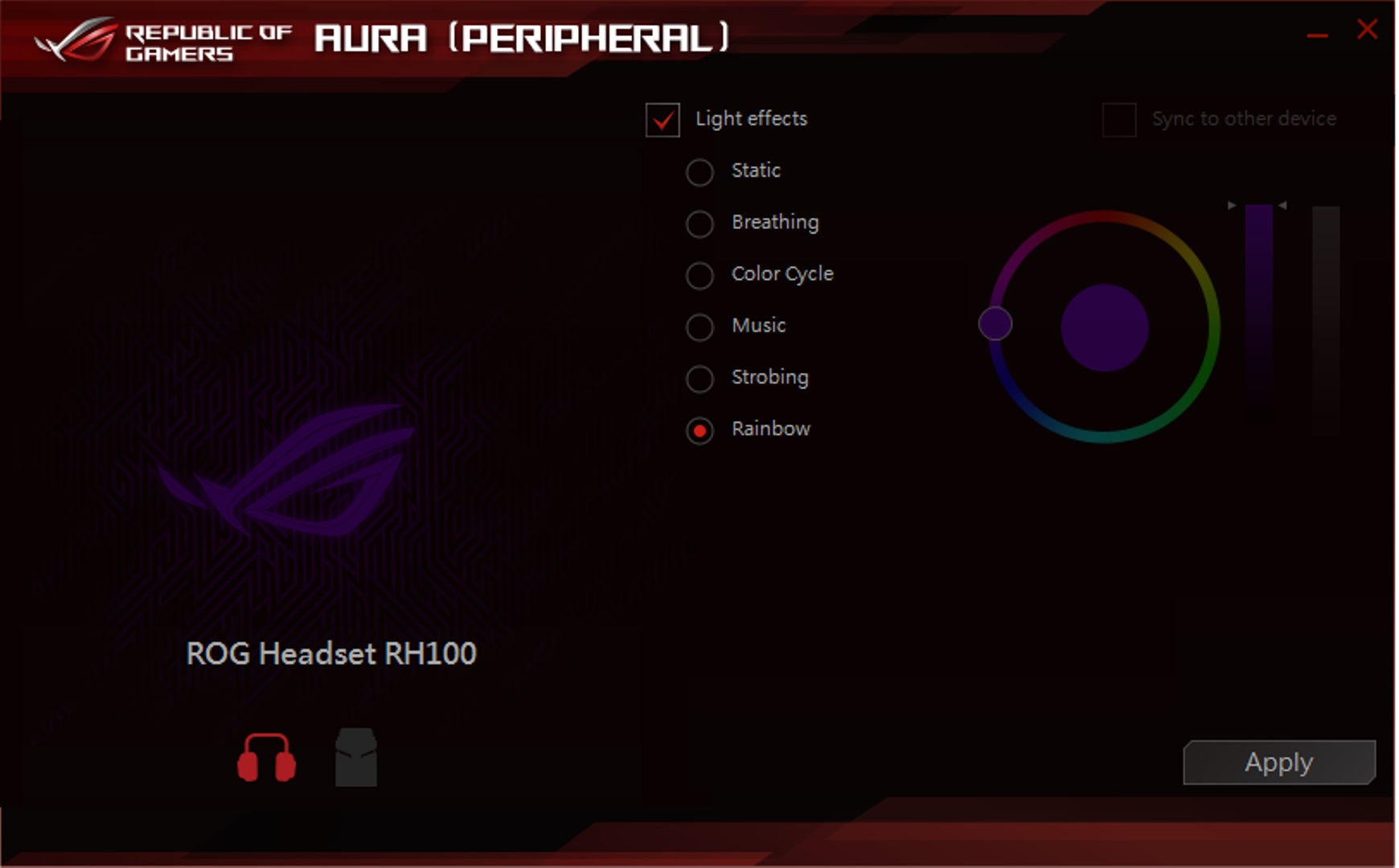
The Hearing Analysis
Music
The audition tracks include popular male/female voices, rock music, small compilation strings, and large-scale symphonies. All Hi-Res quality 88200Hz 24bit, around 4kbps. Basically, most of the music genres are used to measure the high frequency, low frequency, vocal, analytical, sound field, positioning and resolution of the headphones.
On iPhone (via an adapter from Lightning to USB-C Female)
Emmm…IT DOESN’T WORK
On Razer Phone (and other Android phones/tablets)
USB Type-C with the enabled DAC brings a full range of upgrades when connecting directly to the phone comparing to the 3.5mm line (via Type-C to 3.5mm adapter). The voice is warmer and has a bit of emotion, but the headset still creates a decent amount of soundstage. Although the sound field is not very wide, the surrounding effect feels very good. The low frequency is not enough, and the rebound is still somewhat dragged, but the texture is quite good and tight. The analysis actually meets the price level, and all the details can be expressed. The high frequency is slightly darker, which affects the performance of violins. Classical style music also did not perform well due to the slightly darker sound.
On Desktop/Laptop during gaming
Headset performs better during gaming sessions on the desktop/laptop. When the DAC function is turned on, the real power of the headset will be activated. The sensitivity of the headset is increased in a geometric form. When playing an FPS game, the headset will lead you to perform a very precise spherical positioning in both footsteps and gunshots. In the ACT games, the magic effects sounds can also be linearly presented. The layering of the fireball descends from the sky, the crushed ice and the wind and flame are extremely three-dimensional. This headset will allow players to immerse themselves in the game.
Overall
In general, this ROG DELTA headset has removed a lot of unnecessary outside hardware equipment compared to the previous flagship. The Type-C interface can support more devices across platforms and also bring more convenience to mobile gamers. Although the price of this headset is extremely high, and the ROG’s style flair has been tamed, the powerful performance and moderate appearance make the headset not hard-core, but something you can use outside of gaming sessions and with much more versatility.

ASUS ROG DELTA OFFICIAL WEBSITE: N/A


